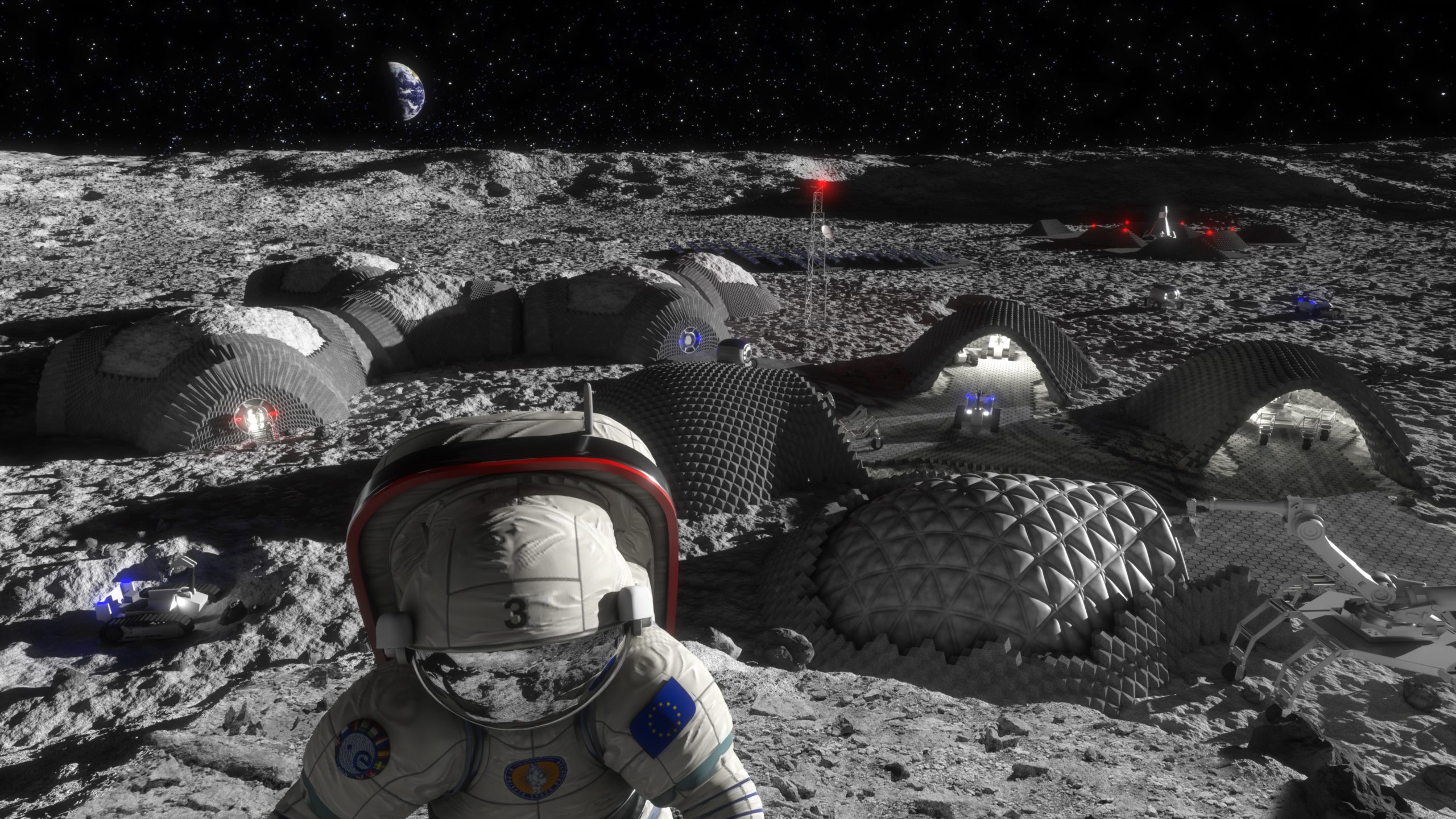The next giant leap for mankind won’t be taken by humans—it’ll be rolled out by machines that never sleep, never complain about cosmic radiation, and definitely don’t need coffee breaks during 14-day lunar nights. NASA’s Artemis program has quietly shifted from sending astronauts to build lunar infrastructure to deploying an autonomous construction crew that makes your most efficient contractor look like they’re moving through molasses.
3D Printing Meets Lunar Real Estate
Commercial partners are turning Moon dust into actual buildings using robotic precision.
ICON, the company behind 3D-printed houses in Austin, is now designing robotic systems that’ll transform lunar regolith—basically Moon flour, according to Northwestern professor Steven Jacobsen—into radiation shields, landing pads, and habitats. The variability of lunar soil creates challenges that would break traditional construction methods, but these adaptive systems are engineered for variable regolith composition.
Meanwhile, HEBI Robotics is developing modular construction platforms. The approach brings value through robotic assembly techniques and innovative modular components, according to CEO Bob Raida. Think LEGO blocks, but each piece weighs several tons and operates in vacuum conditions.
The Ultimate Construction Crew
These robots perform tasks that would challenge human crews even on Earth.
GITAI has already demonstrated robotic arms handling:
- Excavation
- Solar panel installation
- Antenna deployment
- Tire replacement in simulated lunar conditions
Their multi-tool approach means one robot can switch from welding to earthmoving without missing a beat—like having a Swiss Army knife the size of a bulldozer.
These machines operate autonomously because Earth-to-Moon communication delays make real-time control impossible. Your Netflix still buffers, but these robots are building humanity’s second home with three-second lag times.
Beyond the Moon
Lunar infrastructure tech is already reshaping industries back home.
The robotics innovations developed for lunar construction are spinning off into terrestrial applications. Disaster relief operations, remote site construction, and hazardous environment building projects are all benefiting from technology originally designed to work in the Moon’s brutal temperature swings.
This isn’t just practice for Mars colonization—it’s creating a new category of construction robotics that could redefine how we build in extreme environments on Earth.
What happens when machines become humanity’s advance scouts for civilization itself? We’re about to find out, one regolith brick at a time.






























